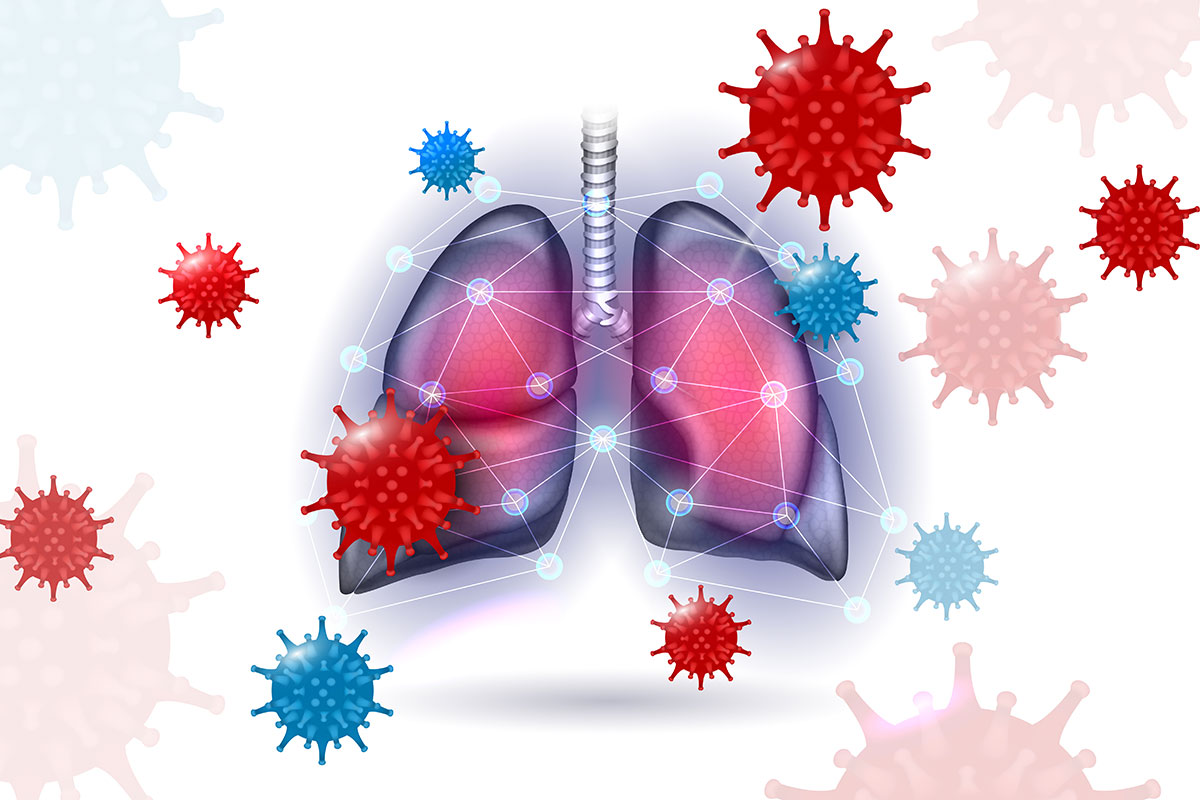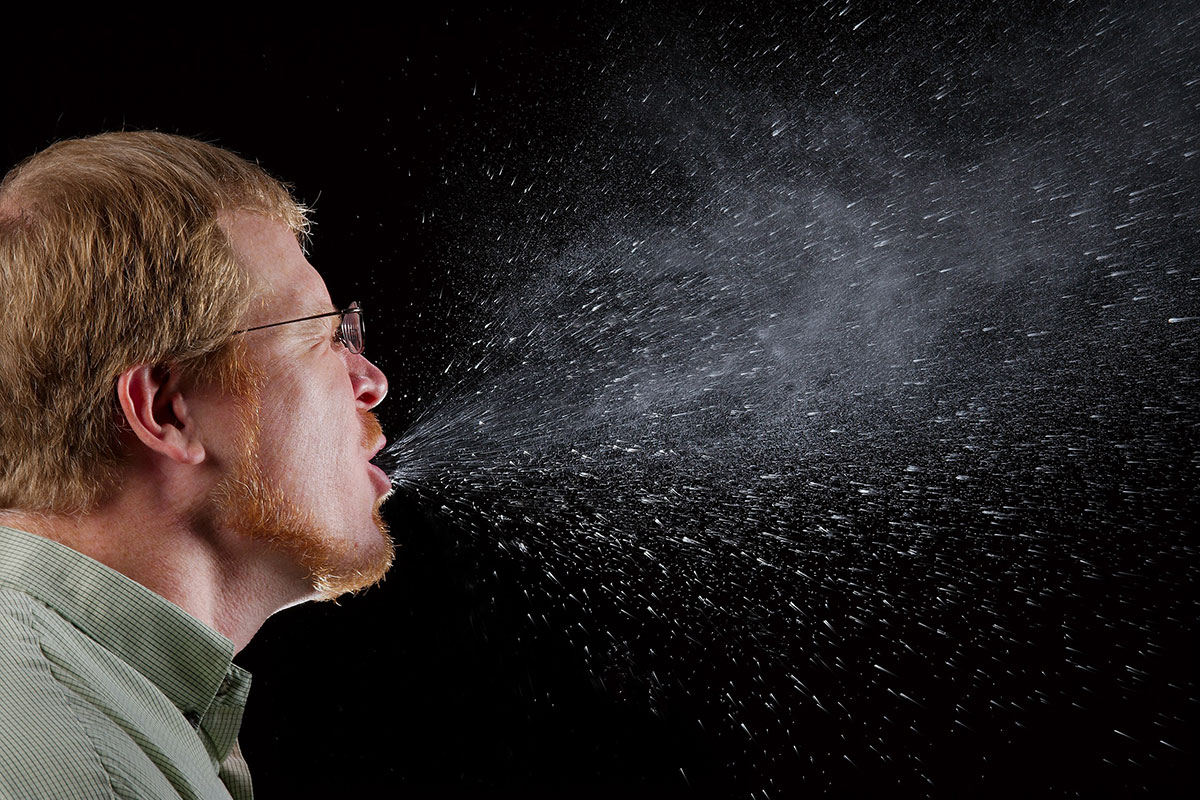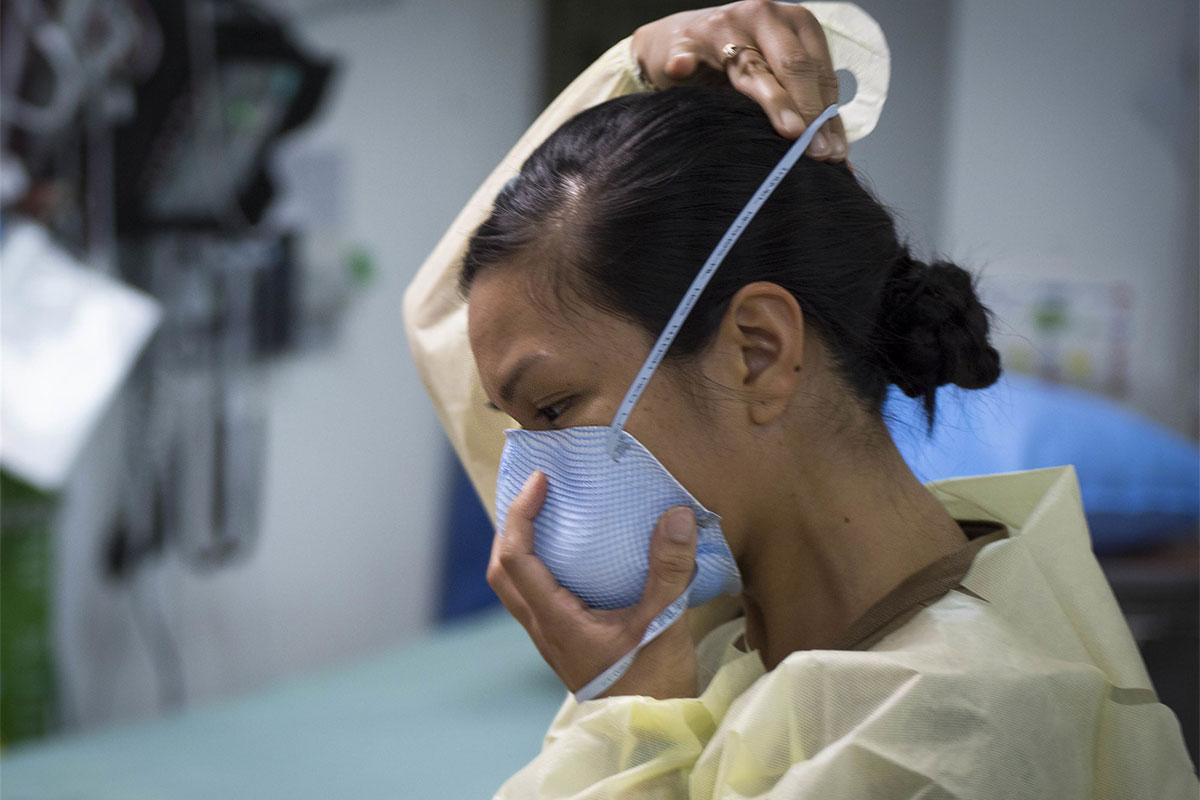Face Coverings For the Community During the COVID-19 Pandemic: Does it Cover it All?

As we are grappling through this public health apocalypse and going through extraordinary times with the ongoing coronavirus disease pandemic, there has been ongoing research focusing on specific treatment, developing a vaccine and implementing mitigation efforts.
We are continuously learning about this new disease entity, which was first identified in Wuhan, a city in the Hubei Province of China, in 2019.
Since its outbreak, it rapidly spread throughout the world like wildfire causing pandemic. The World Health Organization (WHO) designated the current pandemic from this novel coronavirus disease as COVID-19.

COVID-19 starts as respiratory illnesses and now thought to be airborne, transmitted by droplets and hence can be easily spread and very contagious. Rigorous measures to slow the infection spread are very essential to prevent surge that would inundate the health care system and ultimately fewer deaths.
These measures ensure patients to receive proper care and not overwhelm our health care resources, hence it is very important to implement mitigation activities in the hospital as well as in the community to help spread this viral illness.
Medical and surgical masks were first introduced into hospitals in the late 18th century and its use in public was not until after the deadly Spanish flu outbreak in 1919. People wearing the face masks are one of the abiding images of any respiratory viral outbreak and very popular in Asian countries, like China.
There is some evidence to suggest the masks can help prevent hand-to-mouth transmissions, but systematic review of the available published literature failed to separate mask use (not the respirators) from other factors resulting in no conclusive results regarding their effectiveness against airborne viruses.

Face masks showed 3 – 10% effectiveness at preventing infection of influenza spread in hospital from patients which is less compared to the effectiveness from regular hand washing (11 – 27%) effectiveness.
Current nonpharmacological preventive measures recommended by the Center for Disease Control (CDC) in community are social distancing, diligent hand washing, avoid touching the face (includes avoid wearing contact lenses), respiratory hygiene (i.e. covering the cough or sneeze) cleaning and disinfecting objects and surfaces that are frequently touched, and more recently, recommending wearing face coverings (i.e. nonmedical masks, homemade masks or bandanas) in public places to prevent the spread of this viral disease.
However, these face coverings are not tight seal, have no air filter and eyes are exposed, which is not quite effective. Hence, recommendations regarding the use of face covering by healthy members of the community vary by country, as well as state-to-state.
Both the CDC and WHO reiterate that the face covering recommendation does not include medical masks, which should be reserved for health care workers.

The rationale for the face covering is primarily to contain secretions (from splash of cough or sneeze) and prevent transmission from individuals who have asymptomatic or pre-symptomatic infection with COVID-19, as we continue to learn more about it.
A study suggested that people touch their faces about 23 times an hour, and face covering might help prevent this habit. Covering the face should not replace the other effective preventive measures, such as social distancing, avoiding habituated face-touching behavior and hand hygiene.
Hand hygiene still remains an essential and inexpensive preventive method. This is very important, especially as we are getting ready to slowly ease social distancing in phases and do not want to have false sense of security in the community wearing these face coverings.

